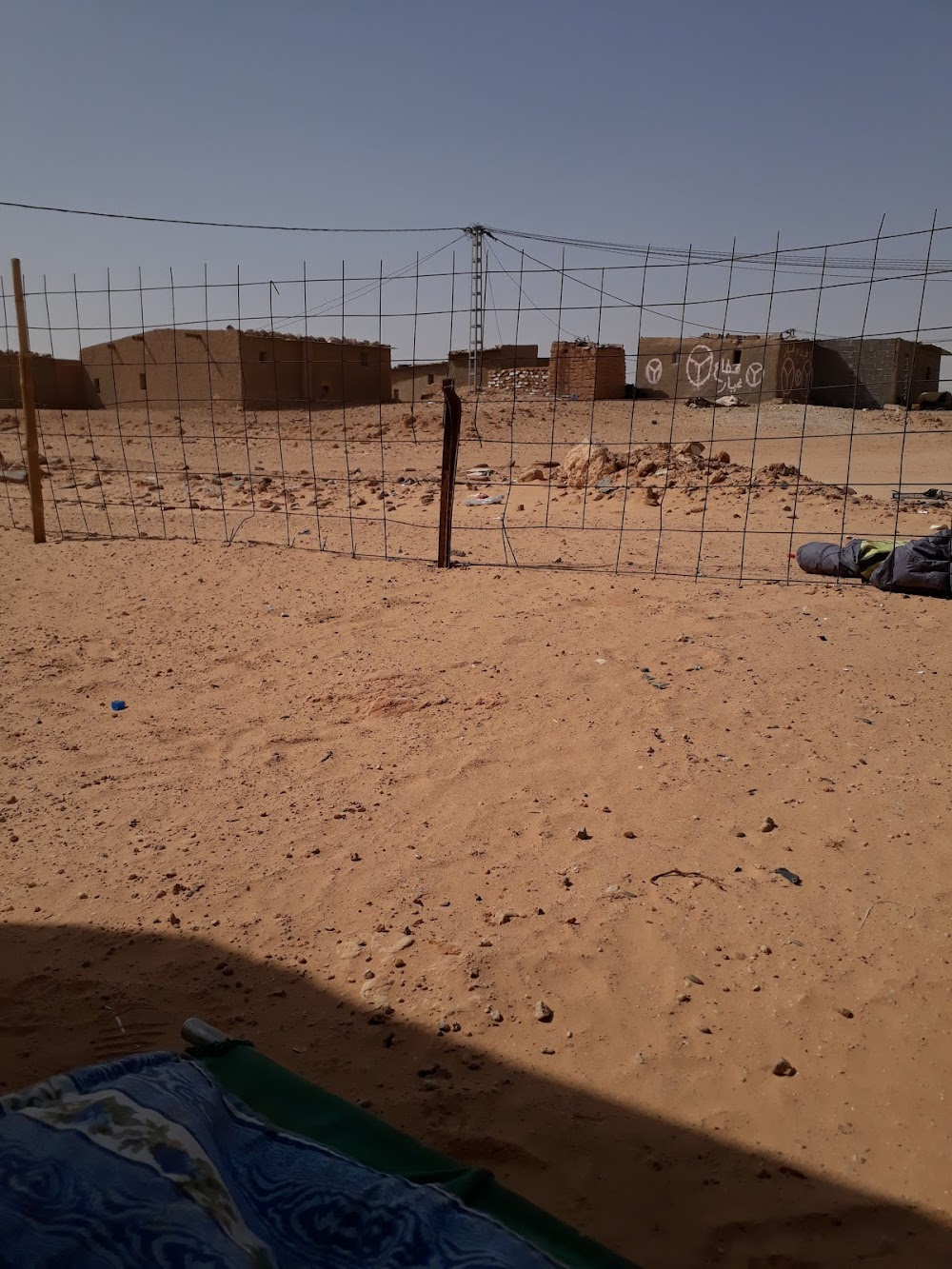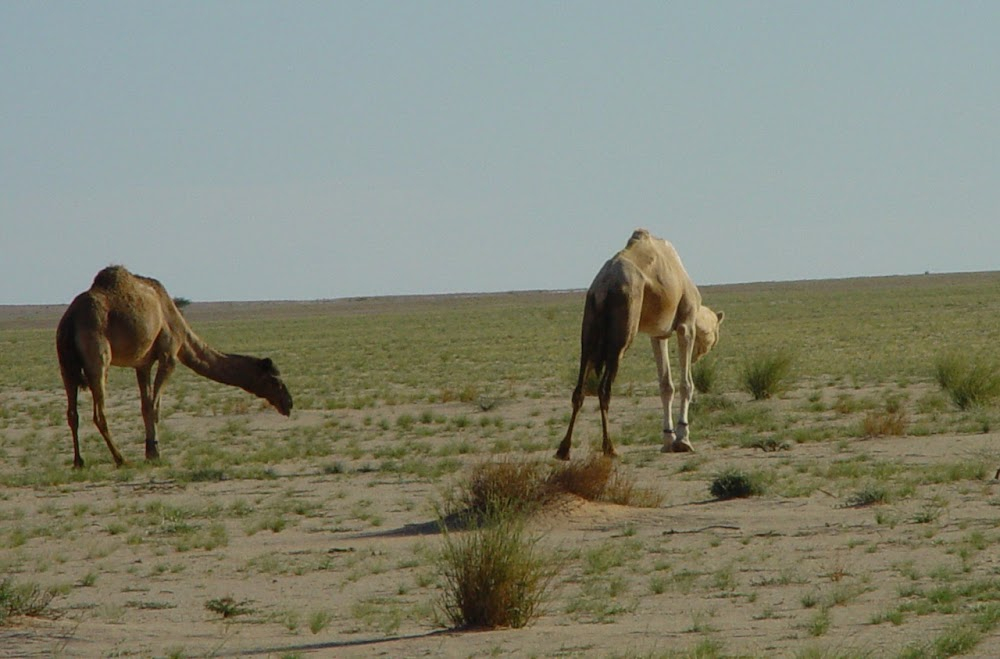Um fio de esperança: independência ou guerra no Saara Ocidental Filming Locations
Um fio de esperança: independência ou guerra no Saara Ocidental Filming Locations
Brasília, inaugurated as Brazil’s capital in 1960, is a planned city distinguished by its white, modern architecture, chiefly designed by Oscar Niemeyer. Laid out in the shape of an airplane, its “fuselage” is the Monumental Axis, 2 wide avenues flanking a massive park. In the “cockpit” is Praça dos Três Poderes, named for the 3 branches of government surrounding it.
São Paulo, Brazil’s vibrant financial center, is among the world's most populous cities, with numerous cultural institutions and a rich architectural tradition. Its iconic buildings range from its neo-Gothic cathedral and the 1929 Martinelli skyscraper to modernist architect Oscar Niemeyer’s curvy Edifício Copan. The colonial-style Pátio do Colégio church marks where Jesuit priests founded the city in 1554.
Antwerp is a port city on Belgium’s River Scheldt, with history dating to the Middle Ages. In its center, the centuries-old Diamond District houses thousands of diamond traders, cutters and polishers. Antwerp’s Flemish Renaissance architecture is typified by the Grote Markt, a central square in the old town. At the 17th-century Rubens House, period rooms display works by the Flemish Baroque painter Peter Paul Rubens.
Madrid, Spain's central capital, is a city of elegant boulevards and expansive, manicured parks such as the Buen Retiro. It’s renowned for its rich repositories of European art, including the Prado Museum’s works by Goya, Velázquez and other Spanish masters. The heart of old Hapsburg Madrid is the portico-lined Plaza Mayor, and nearby is the baroque Royal Palace and Armory, displaying historic weaponry.
Smara refugee camp is one of the Sahrawi refugee camps located in Tindouf province in southwest Algeria. According to UNHCR statistics and the Algerian Red Crescent, the camp has a population of about 39,000 Sahrawi refugees.
Bir Lehlou is an oasis town in north-eastern Western Sahara, 236 km from Smara, near the Mauritanian border and east of the border wall, in Polisario Front-held territory. It has a pharmacy, a school and a mosque.
Marrakesh, a former imperial city in western Morocco, is a major economic center and home to mosques, palaces and gardens. The medina is a densely packed, walled medieval city dating to the Berber Empire, with mazelike alleys where thriving souks (marketplaces) sell traditional textiles, pottery and jewelry. A symbol of the city, and visible for miles, is the Moorish minaret of 12th-century Koutoubia Mosque.
Casablanca is a port city and commercial hub in western Morocco, fronting the Atlantic Ocean. The city's French colonial legacy is seen in its downtown Mauresque architecture, a blend of Moorish style and European art deco. Standing partly over the water, the enormous Hassan II Mosque, completed in 1993, has a 210m minaret topped with lasers directed toward Mecca.
Laayoune or El Aaiún is the largest city of the disputed territory named Western Sahara, with a population of 271,344 in 2023. The city is de facto under Moroccan administration as occupied territory. The modern city is thought to have been founded by the Spanish captain Antonio de Oro in 1938.
Um fio de esperança: independência ou guerra no Saara Ocidental (2017)
A Brazilian documentary about the territory of Western Sahara, an area disputed between Saharawi nationalists and Morocco.


